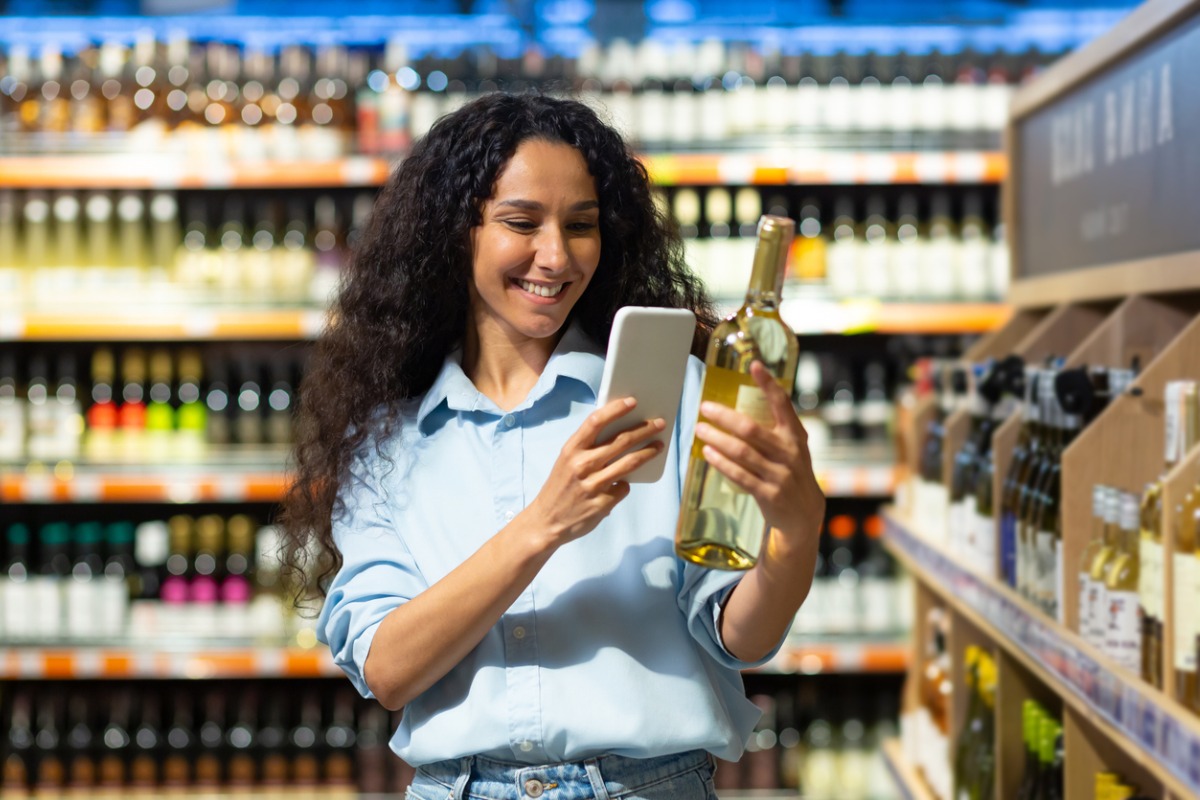The global online alcohol market is entering a new era of steady, sustainable growth, projected to surpass $36 billion by 2028, with a 20 per cent value increase over the next five years.
This shift is largely driven by the increasing role of digital platforms in consumer behaviour – not just as purchasing channels but as spaces for brand discovery and engagement. For Australian liquor retailers, these trends present both a significant challenge and a huge opportunity to drive profitability in a rapidly changing environment.
Liquor Marketing Group (LMG) sees the evolution of consumer habits as a pivotal moment for the industry. Speaking to National Liquor News as part of the Industry Leaders Forum, CEO Gavin Saunders noted that independent liquor retailers have already gained market share post-COVID and are now tasked with adapting to digital disruption.
“The challenge for the next five years is to continue to evolve as the market shifts through consumer spending habits, digital evolution, and the ultimate convenience of e-commerce,” he said.
For retailers to maintain and grow their market share, the focus must be on aligning with consumer expectations.
“Retailers who focus on their shoppers’ needs – including offers, range, price, and experience – and continue to evolve their offering will ultimately win,” Saunders added.
The future of independent liquor retailing lies in the ability to blend in-store experiences with evolving digital capabilities, and Independent Liquor Group (ILG) is investing in digital tools to ensure its members remain competitive in an increasingly online world. CEO Paul Esposito highlights the potential of e-commerce solutions in opening new revenue streams for members.
“ILG’s Digital Solutions help our members expand their market, optimise operations, and increase revenue while staying competitive in a fast-evolving market,” he says. “The ability to offer bundles, track purchasing habits, and create personalised campaigns is a huge advantage.”
As the online alcohol market matures, platforms like online shopping and social commerce continue to reshape the retail environment. According to the latest IWSR Ecommerce Strategic Study, online alcohol sales are set to grow by 20 per cent from 2023 to 2028, adding $6 billion to the global market. This growth will be driven by major players in markets like China and the US, but countries such as Australia will also see steady growth. The IWSR study underscores the increasing influence of digital channels on both online and offline purchasing.
For Thirsty Camel Victoria, navigating this evolving market has required a focus on value and customer loyalty.
“2024 was a year of growth and innovation,” says General Manager Adrian Moelands. “Our Hump Club loyalty program saw +107 per cent growth in loyalty transactions YoY, delivering rewards and deep discounts at the right time.”
This kind of customer-focused loyalty scheme is essential for maintaining engagement as consumers seek better value in a cost-conscious environment.
The role of e-commerce and convenience continues to grow for independent retailers, such as those within the Independent Liquor Retailers (ILR) group.
ILR CEO Anthony Abdallah emphasises the importance of digital engagement, saying” “We’ve introduced member-specific microsites to better connect with customers.”
These microsites are being expanded into full e-commerce platforms that offer services like click-and-collect and home delivery to streamline the shopping experience and remain competitive. The digital shift is not just about sales – it’s also about using technology to enhance customer experiences and build brand loyalty.
“We are adopting digital signage and in-store technologies, such as electronic shelf labels, to ensure seamless alignment between in-store and online pricing strategies,” says Abdallah.
These technological innovations ensure that online and in-store offerings are integrated, making it easier for customers to engage with brands across multiple platforms.
For South Australia’s Fassina Liquor, embracing technology is key to enhancing both customer experience and operational efficiency. Marketing Manager Elise Fassina highlights the importance of not rushing system upgrades to ensure a smooth transition.
“We want to ensure the integrated POS system is 100 per cent ready from day one to guarantee the best possible experience for our customers and staff,” she says.
This deliberate approach to technology adoption demonstrates the care needed to deliver a seamless customer experience, both online and in-store.
In light of these insights, it’s clear that Australian liquor retailers must evolve alongside the digital trends shaping the market. The IWSR study highlights that 63 per cent of online alcohol shoppers conduct extensive research before making a purchase, with price comparison and product discovery as the top drivers. By integrating digital tools like loyalty programs, personalised promotions, and seamless online-offline experiences, retailers can remain competitive in this new digital era.
With e-commerce expected to play an even more critical role in the years ahead, retailers who stay agile and responsive to changing consumer behaviours will be best positioned to thrive.

